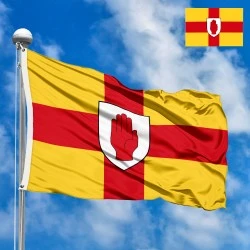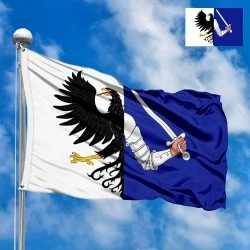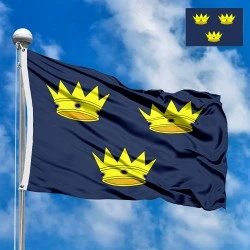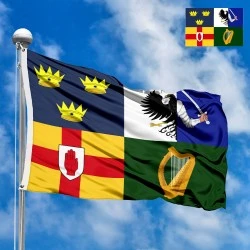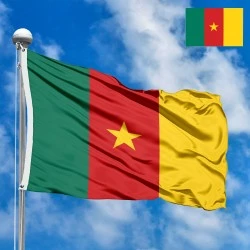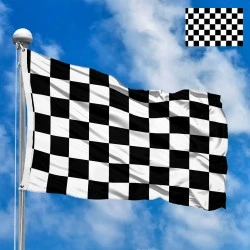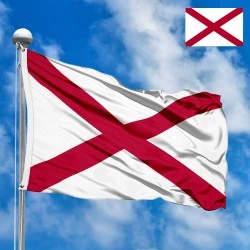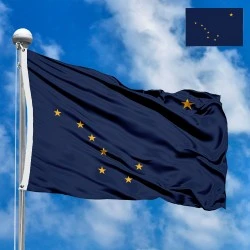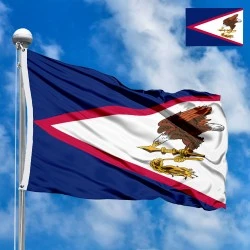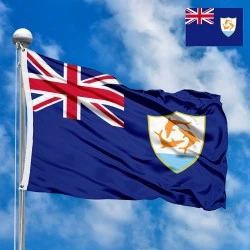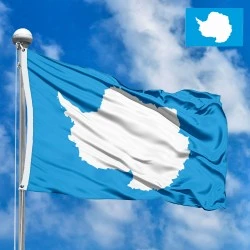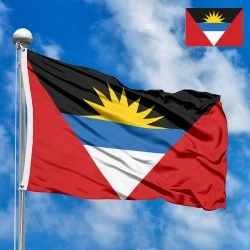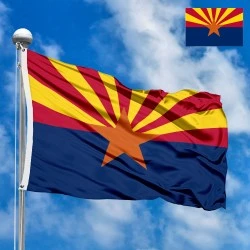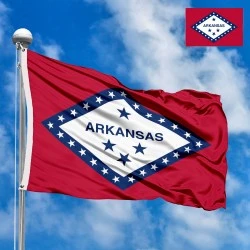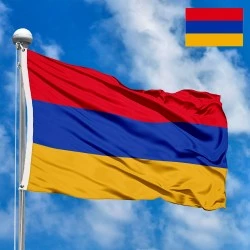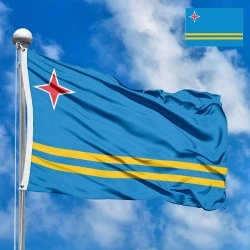Flag of Leinster
- Flag Type: Regional
- Proportions (official): 1:2
- Official name: Province of Leinster
- Local name: Leinster, Laighin
- Sovereignty (year): NO (Province of Ireland)
- Large cities: Dublin, Dundalk, Drogheda, Bray
- Highest point: Lugnaquilla (925 m)
- Lowest point: Atlantic Ocean (0 m)
Flag Information
General information
Demography and Culture
- All Flags
- Flags of Countries by Continent
-
Flags of Organizations
- Flags of UN countries
- Flags of the European Union countries
- Flags of NATO countries
- Flags of the countries of the Organization of Islamic Cooperation
- Flags of the countries of the Organization of American States
- Flags of the Arab League countries
- Flags of the African Union countries
- Flags of the countries of the Union of South American Nations
- Flags of the Commonwealth of Nations
- Flags of the countries of the Secretariat of the Pacific Community
- Flags of the Nordic Council countries
- Flags of the Caribbean Community
- Flags of the countries of the Association of Southeast Asian Nations
- Flags of the East African Community
- Flags of the countries of the Organization of Turkic States
- LGBT Community Flags
- Historical Flags
- Ethnic Flags
- Flags of the USA (states)
Description
The provincial flag of Leinster, one of the four historic provinces of Ireland, is an emblem of profound historical and cultural significance, representing a region that has long been the political, economic, and cultural heartland of the island. Unlike the modern national flag of the Republic of Ireland, which emerged from the republican movements of the 19th and 20th centuries, the Leinster flag is rooted in much older heraldic traditions. Its design is elegantly simple yet rich in symbolism: a gold (or yellow) harp with silver strings set against a dark green field. While there are no strictly enforced official dimensions for provincial flags, they typically conform to common flag ratios such as 1:2 or 2:3, ensuring visual consistency and aesthetic appeal whether displayed individually or as a component of the larger "Flag of the Four Provinces of Ireland."
Arrangement of Elements: The Harp on a Green Canvas The Leinster flag's design is straightforward, focusing on a single, powerful symbol within a monochromatic field:
-
Dark Green Field: The entire background of the flag is a rich, dark green. This color is deeply symbolic in Irish culture, strongly associated with the emerald isle, its lush landscapes, and, importantly, with Irish nationalism and the historical struggles for independence. It evokes the traditional color of Ireland's verdant countryside, providing a vibrant and historically resonant backdrop for the central emblem.
-
Gold (Yellow) Harp with Silver Strings: Superimposed centrally on the dark green field is a majestic gold or yellow harp, typically depicted with silver strings. This is specifically the Brian Boru Harp, also known as the Trinity College Harp, which is one of Ireland's oldest and most iconic symbols. It is typically rendered as a traditional Irish harp with a straight forepillar and a deep soundbox, often with a series of strings (usually 15-20, though not strictly counted on the flag). The harp is always depicted in gold or a bright yellow to symbolize its preciousness, historical value, and the wealth of Irish culture and music, while the silver strings add a distinctive heraldic detail. The harp is oriented with its straight forepillar to the left (hoist side) and the soundbox to the right (fly side), a common heraldic convention.
The simplicity of this design belies its profound historical weight. The harp, as a distinct Irish symbol, has been associated with Leinster for centuries, representing not only the musical heritage but also the political authority and ancient kingship centered in this province, particularly around the Hill of Tara.
Colors and Symbolism: Echoes of Sovereignty and Culture The colors and the single emblem of the Leinster flag are laden with deep historical and cultural symbolism, reflecting the enduring identity of the province:
-
Dark Green Field: This color profoundly represents Ireland itself – "the Emerald Isle." It has become strongly associated with Irish nationalism and republicanism, especially since the late 18th century, symbolizing the land, its people, and the struggle for freedom. It speaks to the deep connection the Irish people have with their land and their enduring spirit.
-
Gold/Yellow Harp with Silver Strings: The harp, depicted in gold or yellow with silver strings, is perhaps the most enduring and universally recognized symbol of Ireland itself, and by extension, of Leinster.
-
Musical Heritage: The harp has been the national emblem of Ireland since the 13th century and is recognized worldwide as a symbol of Irish music, poetry, and artistic expression. Ireland is unique in having a musical instrument as its national emblem.
-
Ancient Sovereignty: Beyond music, the harp also represents ancient Irish sovereignty and royalty. It was the emblem of the High Kings of Ireland and was adopted by English monarchs who claimed the Lordship or Kingship of Ireland from the 16th century onwards. The specific Brian Boru Harp (Trinity College Harp) dates back to the 14th or 15th century and is one of the oldest surviving Gaelic harps.
-
Wealth and Value: The gold color of the harp denotes its preciousness, symbolizing the rich cultural heritage and historical value of the province. It also suggests prosperity and the enduring spirit of the Irish people. The silver strings are a traditional heraldic element that adds distinctiveness.
-
History of the Flag's Creation and Adoption: A Symbol of Enduring Tradition The Flag of Leinster is not a modern invention but a deeply traditional symbol whose origins can be traced back several centuries. Its creation is less about a single decree and more about the evolution and formalization of ancient heraldic practices:
-
The Harp as an Irish Symbol: The harp first appeared as an emblem of Ireland on coins issued by King John (Lord of Ireland) in the late 12th and early 13th centuries. By the 16th century, during the reign of Henry VIII, it was firmly established as the official national emblem of Ireland. When James I united the crowns of England, Scotland, and Ireland in 1603, the harp was incorporated into the Royal Arms of the United Kingdom, where it remains today, symbolizing Ireland's place within the union.
-
Green as the National/Provincial Color: While blue was traditionally associated with Irish royalty, green gained prominence as a symbol of Irish nationalism and identity, particularly from the 17th century onwards. The "green harp flag" became a symbol of the Irish Confederacy in 1642 under Owen Roe O'Neill and was widely used by various nationalist movements in the 18th and 19th centuries, sometimes even seen as an unofficial national flag before the adoption of the Tricolour. This strong association with Irish identity led to its eventual adoption as the background for the Leinster flag, distinguishing it from the older royal blue background often seen on national symbols.
-
Specific Association with Leinster: While the harp on a green field became a general symbol of Irish nationalism, its specific heraldic use for Leinster solidified over time due to the province's central role as the seat of power and culture. Dublin, the capital of Ireland, is located in Leinster, and historically, many of the High Kings ruled from this province or its proximity. Thus, the general symbol of Irish identity gradually became the specific heraldic representation of Leinster. The earliest clear visual representation of this specific Leinster banner (green with a gold harp) can be found in heraldic armorials and records from the 17th and 18th centuries, by which time it was firmly established as the provincial flag.
The flag was never "adopted" through a legislative act in the modern sense but rather emerged organically from heraldic tradition and usage. Its acceptance is a testament to its deep roots in Irish history and its consistent use over centuries to represent the province. Today, it is widely recognized and used across all twelve counties of Leinster, transcending any internal political divisions within the province itself, as it symbolizes a shared historical and cultural identity.
Country and Region Context: The Heart of Ireland Leinster (Laighin in Irish) is the largest and most populous of the four traditional provinces of Ireland, located in the east of the island. It comprises twelve counties: Carlow, Dublin, Kildare, Kilkenny, Laois, Longford, Louth, Meath, Offaly, Westmeath, Wexford, and Wicklow.
Geographically, Leinster is characterized by a relatively flat, fertile plain, particularly in its central and eastern parts, which makes it Ireland's primary agricultural region. It is also home to the country's capital, Dublin, which is a major international city, a hub for finance, technology, culture, and education. The province's central location and fertile lands historically made it the most powerful and influential part of Ireland, the seat of ancient high kings and later English administration. The Hill of Tara in County Meath, an ancient site of inauguration for Irish High Kings, is a testament to Leinster's historical significance as a center of power and sovereignty.
Leinster has always been at the forefront of Irish history, from the arrival of the Normans in the 12th century, who established their power base here, to its role in the various rebellions and the eventual establishment of the Irish Free State. Its flag, with the harp on a green field, beautifully encapsulates this long history of central importance and enduring Irish identity.
Interesting Facts: The Harp's Journey and Enduring Significance
-
National Emblem and Provincial Flag: While the national flag is the Tricolour (green, white, and orange), the harp on a blue field forms the basis of the Presidential Standard of Ireland and is present on Irish euro coins and the official State Seal, linking to older royal traditions. However, the green harp flag, specifically, has a deep history as a symbol of Irish nationalism and is prominently used by Leinster, highlighting its strong provincial identity within the broader national context.
-
The Brian Boru Harp: The specific harp depicted on the flag is a stylized representation of the Brian Boru Harp, a medieval harp housed in Trinity College Dublin. This harp is one of only three surviving medieval Gaelic harps and is a national treasure. Its image has been used on flags, coins, and official documents for centuries.
-
Sporting Identity: Like the other provincial flags, the Leinster flag is widely used by provincial sporting teams, most notably the highly successful Leinster Rugby team. Fans proudly display the flag at matches, fostering a strong sense of regional identity and loyalty that transcends local county allegiances.
-
Part of the Four Provinces Flag: The Leinster flag forms the upper-right quadrant of the "Flag of the Four Provinces of Ireland." This composite flag, which also includes the flags of Ulster, Munster, and Connacht, is extremely popular in Ireland, particularly at sporting events where teams representing all of Ireland compete (e.g., the national rugby or soccer teams), symbolizing the unity of the island's historical regions.
-
Historical Nationalist Symbol: The green harp flag was famously used by the Irish Confederacy in the 17th century and later by various revolutionary groups, including the United Irishmen in the 1798 Rebellion, solidifying its place as a symbol of resistance and the desire for an independent Irish nation.
In the demonstration images, full-size flags are shown with proportions of 2:3, and hand-held flags with proportions of 1:2.
Donation
Download
Completely free for commercial and non-commercial use (public domain).
You can freely use them in your news magazines, websites, software, mobile applications.
We appreciate a backlink to https://flagssite.com
Raster files - Flag of Leinster (PNG, JPG)
 Waving flag
Waving flag
- PNG format (transparent background), 72dpi, dimensions in Pixels (px), aspect ratio 3:4.
- 15х20 px
- 30х40 px
- 60х80 px
- 120x160 px
- 240x320 px
 Sizes:
Sizes:
"v15" - image size (by height); if necessary, replace with available: v15, v30, v60, v120, v240.
!!! For resizing, use the Latin (eng) keyboard layout.
<img src="https://flagssite.com/flags/v15/20265.png" alt="Flag of Leinster">
 Round flag
Round flag
- PNG format (transparent background), 72dpi, dimensions in Pixels (px), aspect ratio 1:1.
"d15" - image size (diameter); if necessary, replace with available: d15, d30, d60, d120, d240.
!!! For resizing, use the Latin (eng) keyboard layout.
<img src="https://flagssite.com/flags/d15/20265.png" alt="Flag of Leinster">
 Rectangular flag 2:3
Rectangular flag 2:3
- JPG format, 72dpi, dimensions in Pixels (px), aspect ratio 2:3.
"h30" - image size (by height); if necessary, replace with available: h15, h30, h60, h120, h240, h360, h480.
!!! For resizing, use the Latin (eng) keyboard layout.
<img src="https://flagssite.com/flags/h30/20265.jpg" alt="Flag of Leinster">

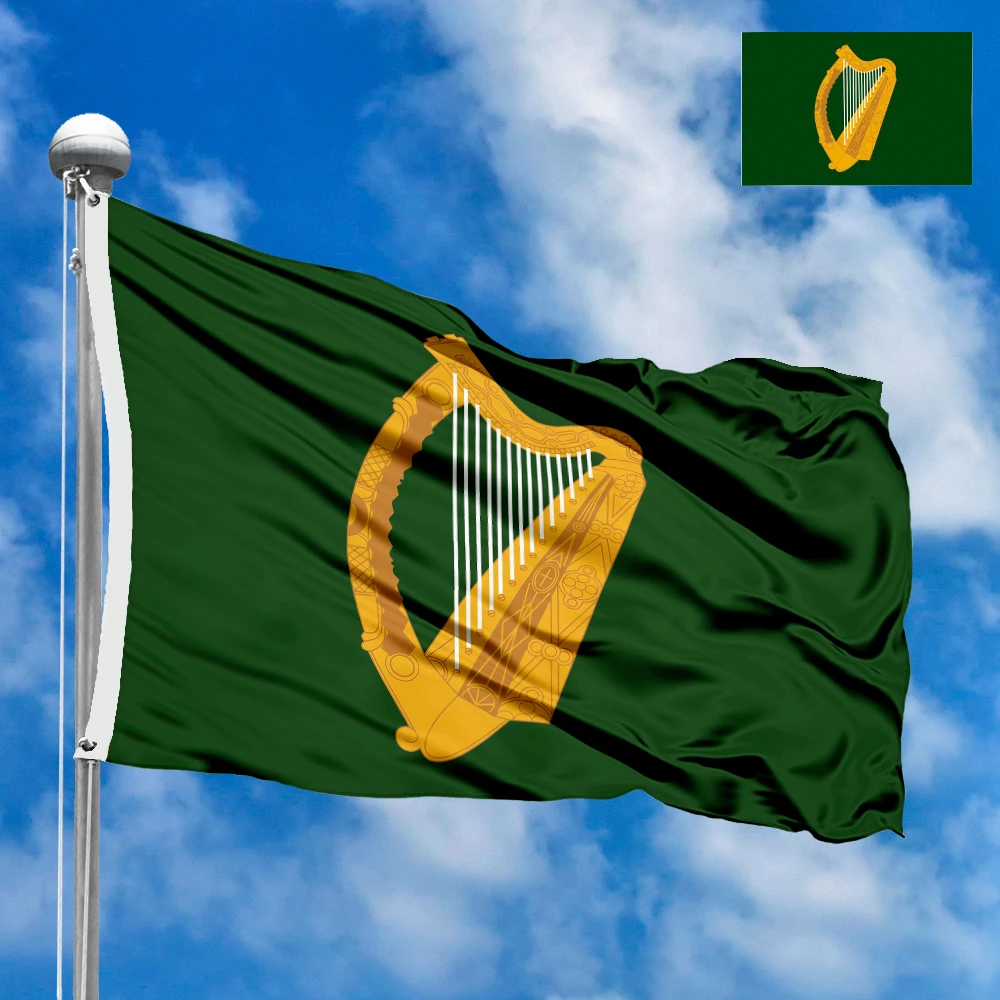



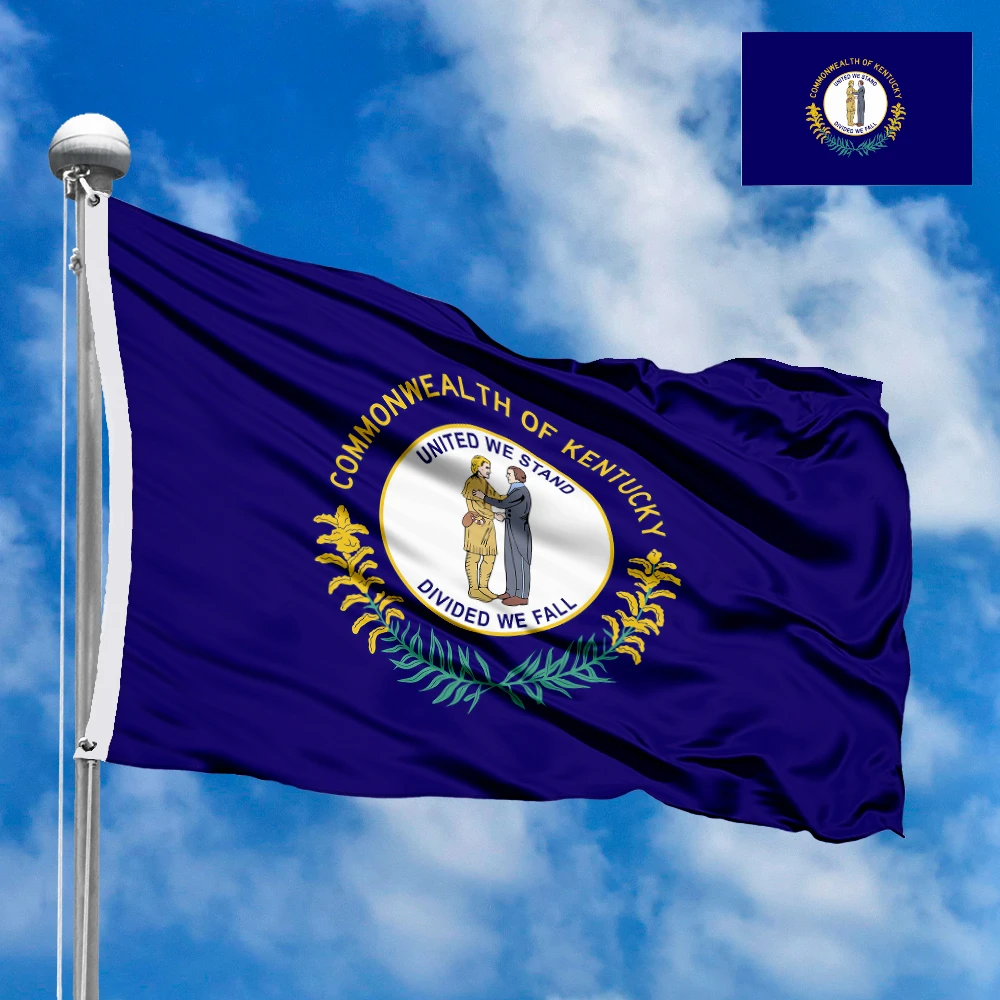

 Sizes:
Sizes:
 Sizes:
Sizes:
